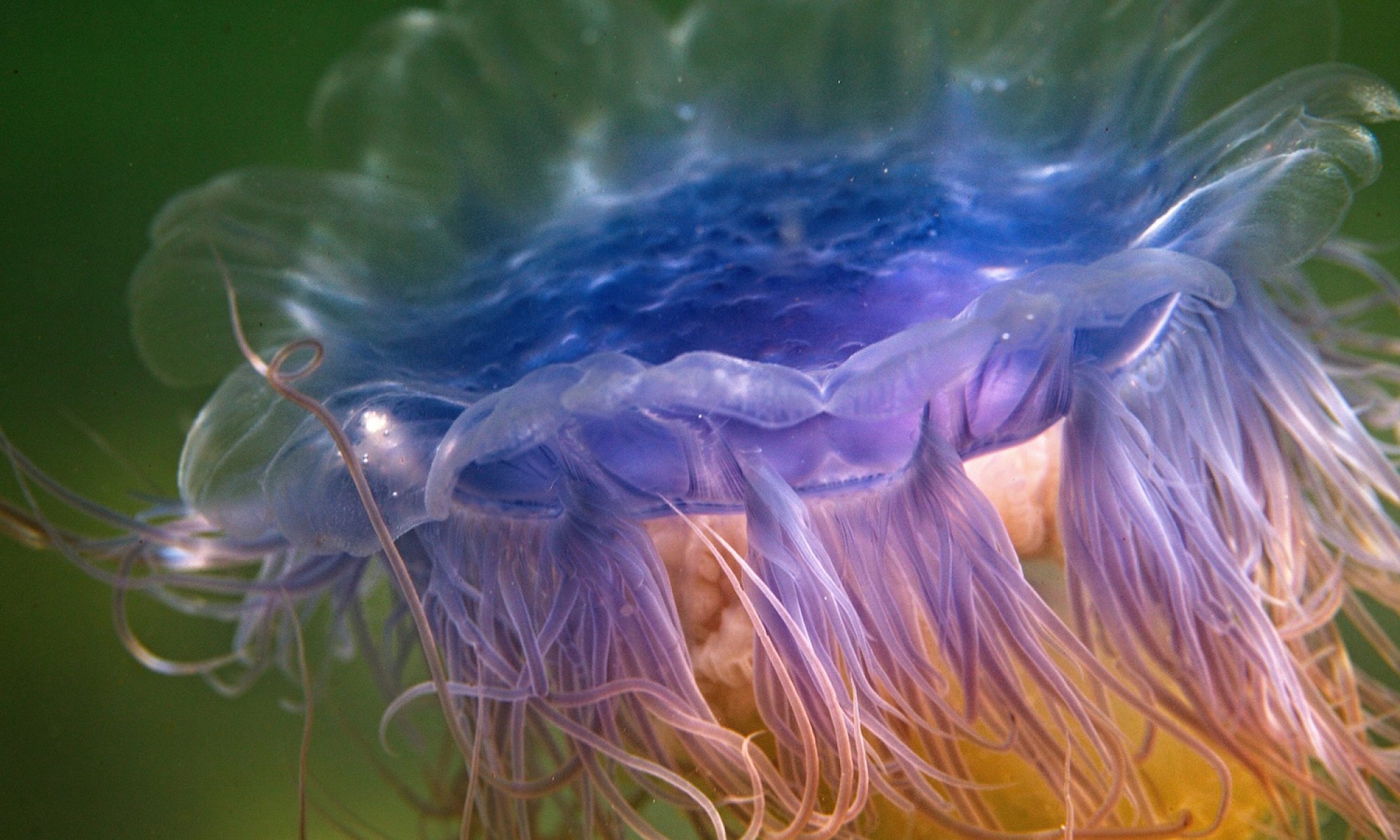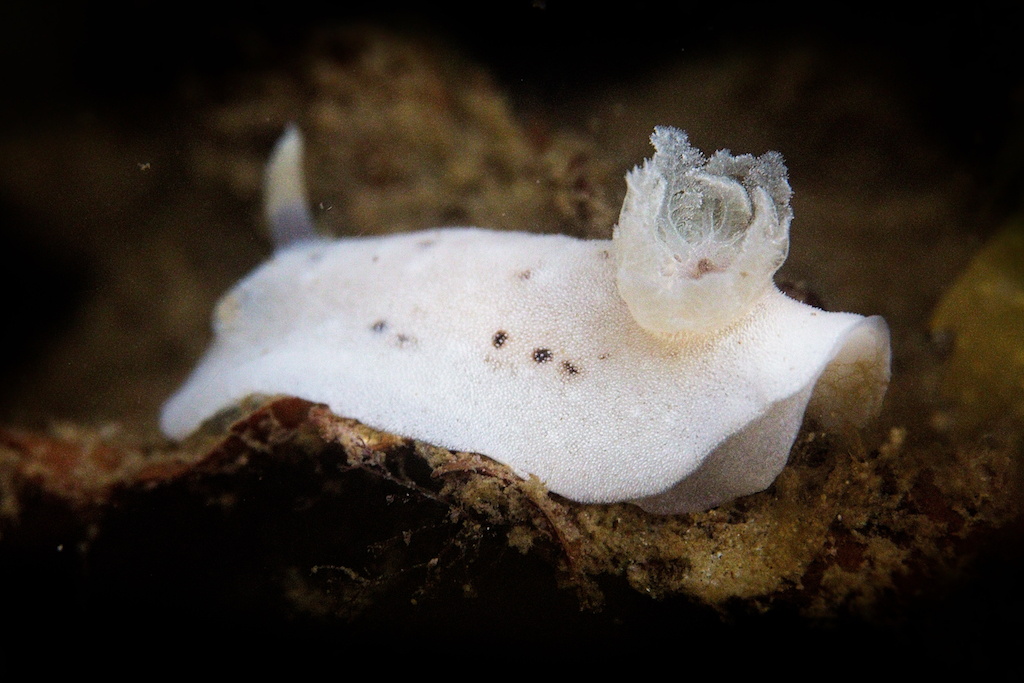July was a busy month for the Below the Skye Line project. In total Gill dived 11 times at 6 different locations and from these dives we have uploaded 50 images to share with you. Below we have reproduced 5 memorable images from July which help showcase some of the projects underwater photography and also the ever increasing range of underwater life we are getting to make images of.
Nudibranch's are beautiful delicate creatures which shed their shells before becoming adults and are often commonly referred to as sea slugs. The 'coronet' in the image above is the external gills of the nudibranch. If you wish to find out more about these wonderful creatures then click for their wiki page.
Also Jim Anderson hosts a website all about Scottish Nudibranches which includes many different images. He tries to classify and identify all the different types of Nudibranch he finds in Scottish waters. His page can be found by clicking here.
Sticking with the same dive location of Carbost but changing species to mussels, found everywhere around the Isle of Skye. Throughout June and into July we were mazed at the vibrant colours of the young mussles which we were able to capture due to a period of very clear water, some great light coming through from above the surface and just a touch of light from a strobe. By the end of July, as the mussels grew, the colours faded. The above image though was another sorce of delight as the macro lens on the canon brought in to sharp focus 100s of tiny mussels growing on a larger mussel shell. Amongst the tiny mussels there are also growing acorn barnacles.
It is not easy capturing tack sharp macro images underwater. It can be difficult to keep the camera still due to the movement of the water. This image is a great example of the skill Gill has as both a diver and photographer with a super close up of a crab's eye.
Each of the two primary eyes of the crab move independently on their own stalk. The eye is a compound eye and is adapted to be very sensitive to light. The eye gives 360 degree vision and can detect very small changes to both sunlight and moonlight.
A sea goosebury fires off and lights up green. These small creatures are difficult to create good images off because they are nearly transparent and also very small. There are over 90 different species of the sea gooseberry and they are found in most of the oceans around the world.
Sea gooseberries may look fragile but they have a voracious appetitie and can eat upto 10 times their own body weight a day. As shown in the image, they have a beauty and grace in the water but once out of it collapse to a gelatinous blob - such a shame but hopefully for those unable to see them swimming our images are a small compensation.
It was very difficult reducing 50 images to just 5. The majestic salmon, found at Glen Brittle, have not been included nor some lovely examples of starfish.
Who knows what August will bring!






